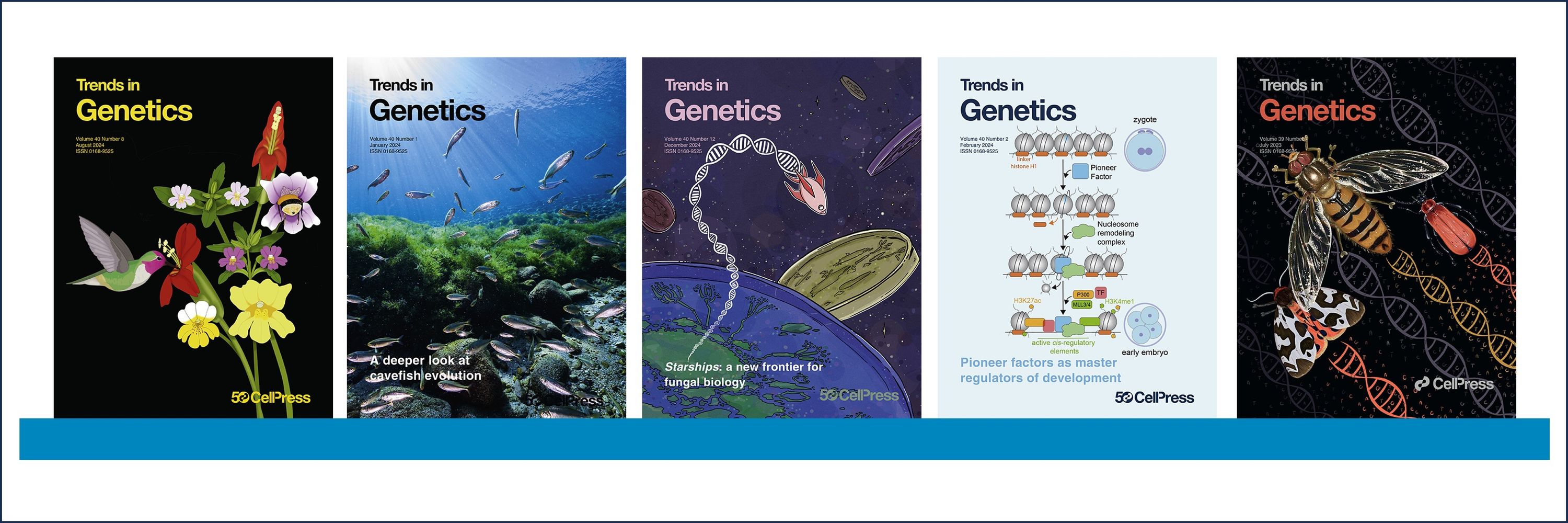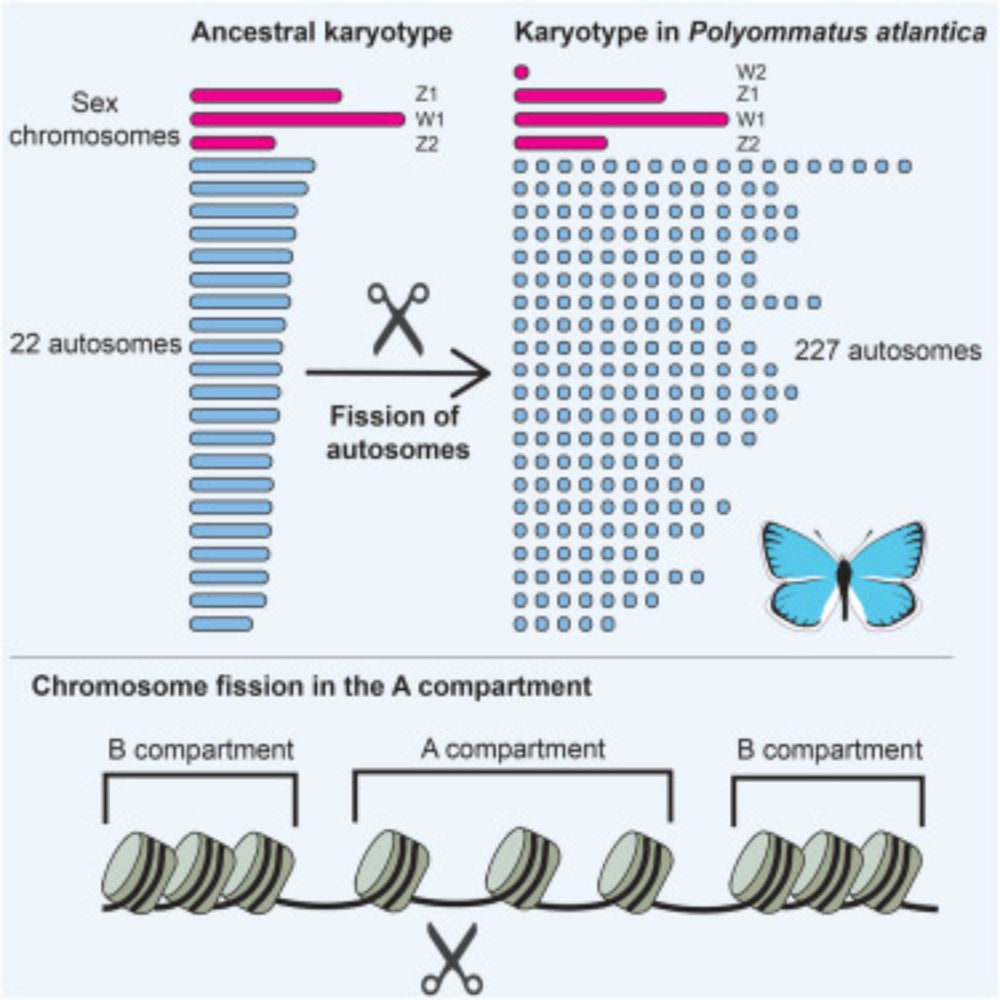Trends in Genetics
@cp-trendsgenetics.bsky.social
2.7K followers
1.3K following
96 posts
A reviews journal from Cell Press that fosters an appreciation for advances being made on all fronts of genetic research.
Editor: Maria Smit
https://www.cell.com/trends/genetics/home
Posts
Media
Videos
Starter Packs
Reposted by Trends in Genetics
Reposted by Trends in Genetics
Reposted by Trends in Genetics
Reposted by Trends in Genetics
Reposted by Trends in Genetics
Reposted by Trends in Genetics
Reposted by Trends in Genetics
Cathy Abbott
@cathyabbott.bsky.social
· Sep 4
Reposted by Trends in Genetics
Reposted by Trends in Genetics
Soham Mukhopadhyay
@sohambio.bsky.social
· Aug 26





















